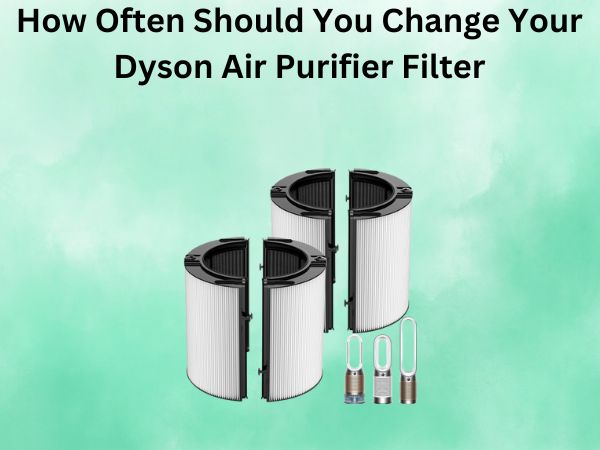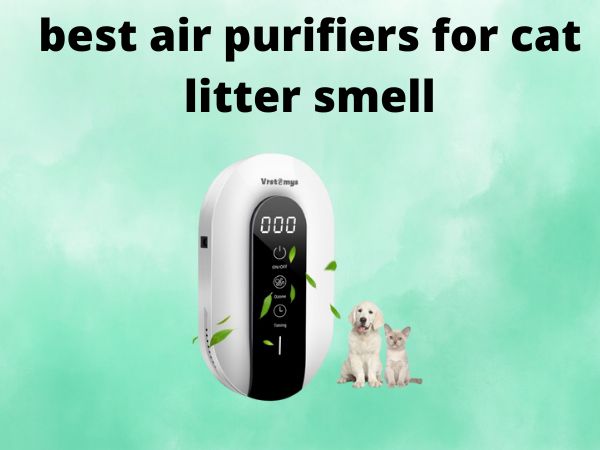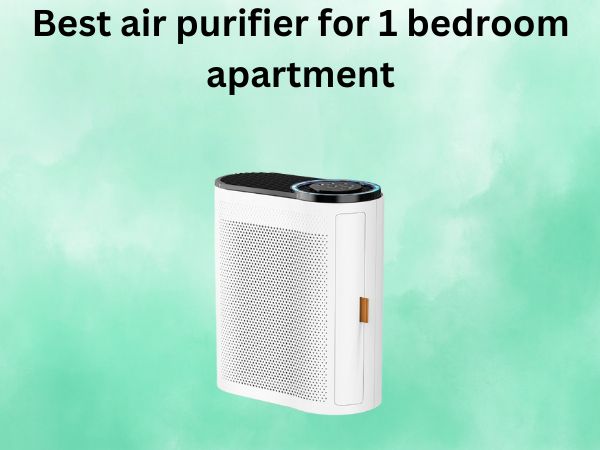How to Tell if Your Air Purifier is Working (or Not)
As someone who takes indoor air quality seriously, I know how important it is to have a reliable air purifier in your home or office. But have you ever wondered how to actually tell if your air purifier is doing its job? It’s not always as straightforward as you might think. In this comprehensive guide, I’ll share some surefire ways to assess whether your air purifier is working effectively to clean the air you breathe.
Table of Contents
Understanding Air Purifier Basics
First, let’s quickly cover the basics of how air purifiers work. Most modern air purifiers use one or more filtration technologies, such as HEPA filters, activated carbon, or ultraviolet light, to capture and remove airborne pollutants like dust, pollen, pet dander, smoke, and even some viruses and bacteria. By continuously cycling the air in a room through these filters, an air purifier can significantly improve indoor air quality over time.
Factors That Affect Air Purifier Performance
However, the actual performance of an air purifier can be influenced by a number of factors, including:
- Room size: Air purifiers are designed to work best in rooms up to a certain square footage. Using one in a space that’s too large will limit its effectiveness.
- Filter condition: Over time, the filters inside an air purifier will become clogged with trapped particles, reducing airflow and filtration efficiency.
- Fan speed: Most air purifiers allow you to adjust the fan speed, with higher speeds providing more air circulation and filtration.
- Placement: Where you position the air purifier in a room can impact how well it’s able to clean the air throughout the space.
So with all of these variables in play, how can you tell if your air purifier is actually working as intended? Let’s dive in.
Visual Inspection
One of the easiest ways to get a sense of your air purifier’s performance is through a simple visual inspection. Here’s what to look for:
Dust/Debris on the Filter
Over time, you should see a gradual buildup of dust, pollen, pet dander, and other particles on the filter. This is a good sign that the air purifier is actively capturing airborne pollutants. If you notice the filter staying relatively clean, it could mean the unit isn’t working as effectively as it should.
Airflow
When the air purifier is running, you should feel a steady stream of air being pushed out of the unit, especially at higher fan speeds. If the airflow seems weak or uneven, that’s a red flag that something may be wrong.
Fan Noise
Most air purifiers make a noticeable whirring or humming sound when operating, with higher fan speeds being louder. If the fan seems unusually quiet or you don’t hear it at all, that could indicate an issue with the motor or internal components.
Monitoring Air Quality
While a visual inspection can provide some helpful clues, the true test of an air purifier’s performance is how well it improves the actual air quality in your space. Here are a few ways to objectively measure and track those improvements:
Using an Air Quality Monitor
Investing in a dedicated air quality monitor is one of the best ways to gauge the effectiveness of your air purifier. These devices can measure key pollutants like particulate matter (PM2.5 and PM10), volatile organic compounds (VOCs), and carbon dioxide levels. By taking readings before and after running your air purifier, you can see the tangible improvements in air quality.
Monitoring Symptoms
Another helpful indicator is how you and your family feel when the air purifier is running. Do you notice fewer allergy symptoms, less irritation to your eyes or nose, or an overall improvement in respiratory comfort? These subjective improvements can be a good sign that the air purifier is doing its job.
Checking Filter Condition
As mentioned earlier, the gradual buildup of dust and debris on the air purifier’s filter is a clear sign that it’s capturing airborne particles. But you can take this a step further by closely inspecting the filter over time. If it’s getting dirtier and dirtier, that’s a positive indicator. However, if the filter stays relatively clean, it could mean the purifier isn’t filtering the air effectively.
Troubleshooting Air Purifier Issues
If your visual inspections or air quality monitoring suggest your air purifier isn’t working as expected, there are a few common troubleshooting steps you can take:
Check the Filter
First, make sure the air purifier’s filters are clean and properly installed. Refer to the manufacturer’s instructions for guidance on how to access, clean, and replace the filters as needed.
Adjust the Fan Speed
Try running your air purifier at its highest fan speed setting. This will maximize the amount of air being circulated and filtered. If you notice a significant improvement, it could mean the fan was previously set too low.
Relocate the Purifier
The placement of your air purifier in the room can also impact its effectiveness. Try moving it to a different location, ensuring it has enough clearance around the intake and output vents.
Replace the Unit
If you’ve tried all the troubleshooting steps and your air purifier still isn’t performing up to par, it may be time to consider replacing the unit altogether. Air purifiers do have a limited lifespan, and older models may become less efficient over time.
Conclusion
Maintaining good indoor air quality is so important for our health and wellbeing. By understanding how to properly assess your air purifier’s performance, you can ensure it’s doing its job and providing you with clean, filtered air. Remember to regularly inspect the unit, monitor air quality, and troubleshoot any issues that arise. With a little vigilance, you can breathe easy knowing your air purifier is working hard to protect your family.
FAQs
How often should I check my air purifier’s filter?
Most manufacturers recommend checking the filter every 3-6 months and replacing it as needed, typically every 6-12 months. However, the exact frequency will depend on factors like usage, room size, and the amount of particulates in the air.
Can I use my air purifier with the windows open?
It’s generally recommended to run your air purifier with the windows closed to maximize its effectiveness. Opening windows can allow outdoor pollutants to enter the space, which the purifier will then have to work harder to remove.
What’s the difference between a HEPA filter and a carbon filter?
HEPA filters are highly efficient at capturing microscopic airborne particles like dust, pollen, and smoke. Carbon filters, on the other hand, are better at adsorbing odors, volatile organic compounds (VOCs), and other gaseous pollutants. Many air purifiers use a combination of both filter types for comprehensive air cleaning.
Can air purifiers help with COVID-19?
While air purifiers can’t guarantee protection against viruses like COVID-19, they can help reduce the concentration of airborne particles that may contain the virus. This can potentially lower the risk of transmission, especially when used in conjunction with other preventive measures like masking and distancing.
How long does it take for an air purifier to clean a room?
The time it takes for an air purifier to clean a room can vary depending on factors like the room size, the unit’s CADR (clean air delivery rate), and the initial air quality. As a general rule, most air purifiers can completely filter the air in a room 4-5 times per hour on their highest setting.







